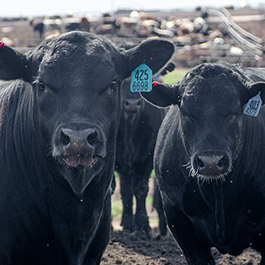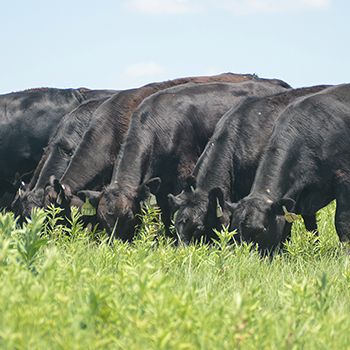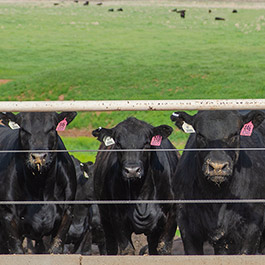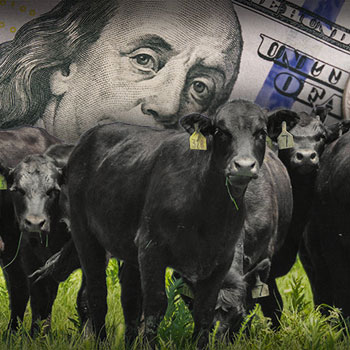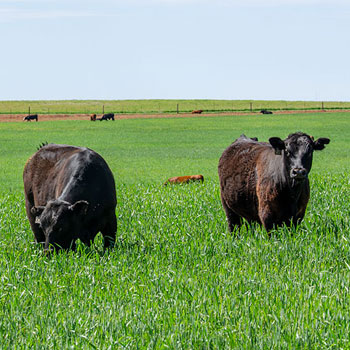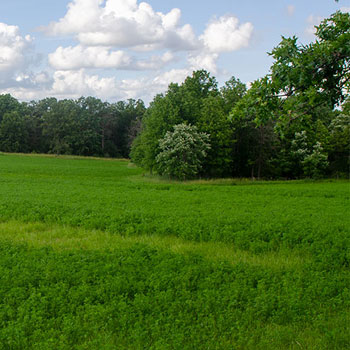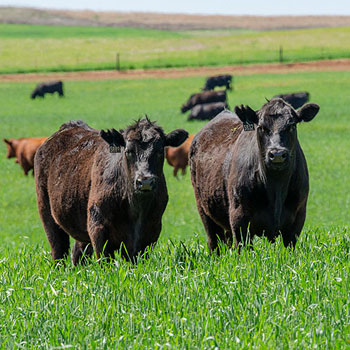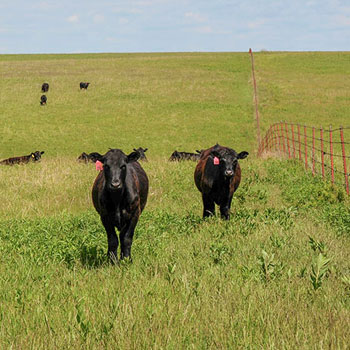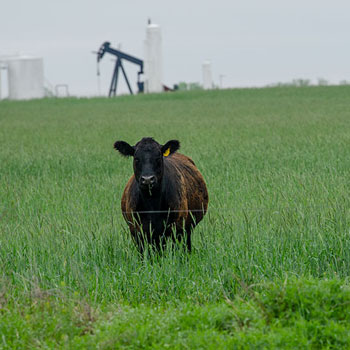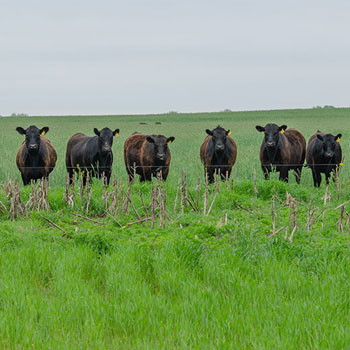Is He Fit?
Breeding soundness examinations incredibly important to determine bull’s potential to breed.
Many factors play a role in bull fertility and breeding ability, so it’s wise to make sure every bull has a breeding soundness examination (sometimes referred to as a BSE). Even if a bull was fertile last year and sired a lot of calves, he should be checked again, because he may have a problem this year.
Robert "Bob" Larson, professor of production medicine at Kansas State University, says an annual breeding soundness examination for each bull is important for several reasons.
“If bulls are not successful breeders, this can have tremendous negative impact on next year’s calf crop. If one female is subfertile, it hurts the producer a little. But if one bull is subfertile it can hurt a lot, with more open cows or late-calving cows the next year,” he says.
Semen evaluation is one component of the breeding soundness examination, but many mature bulls fail the exam for other reasons. They may have issues with lameness, injuries, or other problems that might limit their ability or willingness to mate. A lame bull may be unable or unwilling to breed cows just because it hurts.
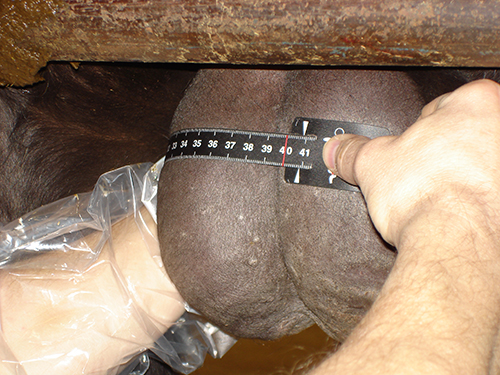 |
| “For yearlings, scrotal circumference is an indication of where they are in their maturity and how they compare to other bulls their age. The Society for Theriogenology set the minimum at 30 centimeters. Most breeders consider 32 centimeters as minimum, to make sure young bulls are actually reaching puberty and ready to breed,” says Robert Larson. |
A thorough physical exam is important. It should include examination of the testicles, prepuce and penis — looking for any physical problems that might create difficulty for mating — plus evaluation of semen. While checking the scrotum and testicles, scrotal circumference is measured.
“For yearlings, scrotal circumference is an indication of where they are in their maturity and how they compare to other bulls their age. The Society for Theriogenology (veterinarians who focus on reproduction) set the minimum at 30 centimeters. Most breeders consider 32 centimeters as minimum, to make sure young bulls are actually reaching puberty and ready to breed,” Larson says.
If smaller than that, young bulls can be checked later. It’s a way to know if they’ve reached puberty or have enough sexual maturity to be fertile.
“It’s not that they can never be fertile, but whether they can be fertile in the time frame you need them to be. By contrast, with a mature bull, if he was a successful breeder in previous years, we are looking for signs of degeneration or lameness, problems due to injuries, etc.,” says Larson.
“With a young bull, I’m looking for any problems in becoming fertile. With older bulls I’m looking for indications that they are losing their fertility for some reason. What I might expect to find is a little different,” he explains.
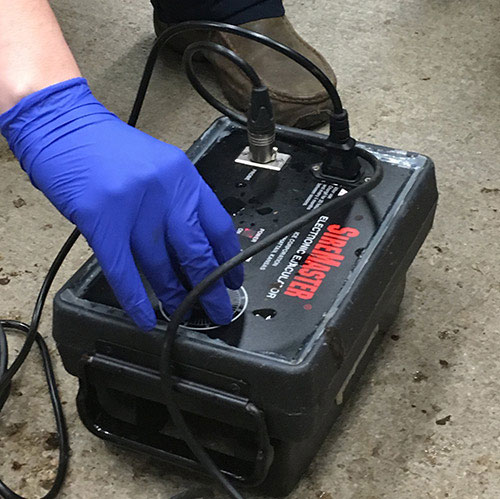 |
| It is important to examine mature bulls, because various things can happen in a year’s time. They may have suffered injury or diseases that decrease fertility, he explains. Previously successful bulls could fail this year’s exam, especially after a tough winter. |
It is important to examine mature bulls, because various things can happen in a year’s time. They may have suffered injury or diseases that decrease fertility, he explains. Previously successful bulls could fail this year’s exam, especially after a tough winter.
Semen evaluation, done with a microscope, is an important part of the breeding soundness examination. First the veterinarian checks for motility — looking for live, active sperm.
“Then we kill the sperm cells and look at them more closely to see structure, shape and size. Sometimes when we stain the sperm cells and look at them under a higher power of magnification, we see defects that could affect fertility but not necessarily affect motility,” he says.
A bull must pass the entire exam, or he will likely not be a successful breeder. There are a few bulls that are completely infertile, but more commonly bulls that fail just won’t perform well. They only get a low percentage of their cows pregnant, and that’s not good enough.
It’s also important to monitor bulls during the breeding season and watch every bull mate. Some problems and injuries may not show up until a bull is trying to breed a cow and fails. Close observation will enable you to notice a bull that’s having a problem, and gives you a chance to replace him before the breeding season is over.
Editor’s note: Heather Smith Thomas is a cattlewoman and freelance writer from Salmon, Idaho. Photos courtesy Bob Larson.

